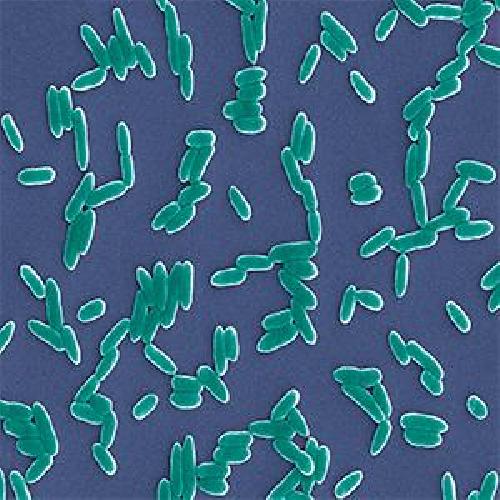Sepsis constitutes the main cause of disease and death in people suffering from severe burns. This results from the dissemination of pathogens in the body, including Pseudomonas aeruginosa, one of the three bacteria most frequently responsible for this complication. This microorganism is all the more fearsome as its virulence and its resistance to antibiotics can be modulated by various factors present in its host. Researchers led by Karl Perron, microbiologist at the Faculty of the sciences of the University of Geneva (UNIGE), Switzerland, studied the effect of exudates - biological fluids that seep out of burn wounds - on the survival and the virulence of these three bacteria. The results, published in the journal mSphere of the American Society for Microbiology, demonstrate that Pseudomonas aeruginosa has the capacity to multiply within these human fluids and that some of its virulence factors are even overexpressed. The scientists also made a detailed analysis of the composition of exudates. These data will enable them to develop an artificial culture medium and an in vitro system to analyze the initial steps of burn wound infections, to better counter them.
Wounds resulting from severe burns are microenvironments conducive to the development of infections often difficult, if at all impossible, to treat. The most dreaded bacteria are Pseudomonas aeruginosa, Staphylococcus aureus or Acinetobacter baumannii. These microorganisms are generally capable of producing various virulence factors and of adapting to their environment to invade, colonize and persist inside their human host. Qualified as opportunist agents, they take advantage of a weakening of the host to become pathogenic.
Exudates are key-factors of prognosis

Exudates contain immune molecules and enzymes capable of destroying certain bacteria. «The production and the composition of these fluids greatly influence the wound healing process, the overall state of the patient, as well as the virulence of opportunistic bacteria. That is why we wanted to determine the precise composition of the exudates and their effect on these pathogens», explains Karl Perron, principal investigator of the study and director of the Laboratory of Bacteriology at the Department of Botany and Plant Biology of UNIGE.
In association with the Unit of Regenerative Therapy and the Service of Intensive Care Medicine and Burns at the Lausanne University Hospital (CHUV), Switzerland, the researchers discovered that, of the three bacteria studied, only P. aeruginosa was able to grow within exudates sampled from burn wound victims. «We also observed that several virulence factors produced by this pathogen were even increased in these exudates», says Manuel Gonzalez, member of the Geneva team and co-first author of the article.
«We thus discovered that some of the virulence factors stimulated destroy specific host defenses and degrade surrounding tissues. Others, whose production is strongly increased, capture iron to allow bacterial growth or facilitate the mobility and dispersal of P. aeruginosa», adds Betty Fleuchot, co-first author of the article.
Counter a strategy of invasion
Whereas the exudates tested inhibit the growth of S. aureus and A. baumannii, they favor in contrast conditions necessary for P. aeruginosa to initiate a successful infection and become invasive. The scientists' observations, which supply crucial information to work out new strategies of prevention and treatment of this formidable pathogen, were completed by an analysis of the composition of exudates. «This will allow us to create an artificial culture medium mimicking exudates and develop an in vitro system to analyze the interactions with bacteria, to better counter them in people suffering from severe burns», concludes Karl Perron.





Comments